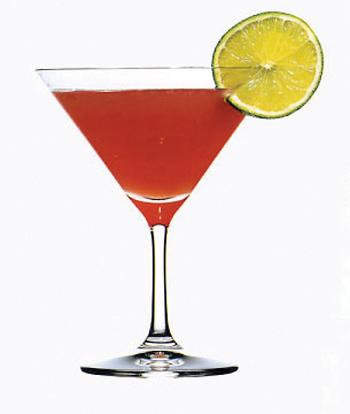While most drinkers are familiar with beer, wine and spirits, sake, a rice-based alcoholic beverage of Japanese origin, has an aura of mystery about it. Pronounced Sah-KAY, many view it as an exotic and foreign elixir. Known as “The Drink of the Gods,” sake is the national spirit of Japan and has been consumed for over 4,000 years.
Sake is often referred to as rice wine. However, it is made through a brewing process similar to the way beer is made.
Many people are first exposed to sake in a sushi bar or Japanese restaurant, and never try it elsewhere. The most common sake served is Futsu-Shu, which would be equivalent of table wine.
But like wine, sake comes in a variety of premium categories. These types are distinguished by the degree to which the rice has been polished and the added percentage of brewer’s alcohol or the absence of such additives. More and more of these sake styles are breaking into the US market. According to Imbibe magazine in 2007, for the first time ever the dollar figure for sales of premium sake in the US exceeded that of generic Futsu-Shu.
As the popularity of sake increases, it has begun to appear on cocktail menus as bartenders and mixologist discover its versatility.
Market Watch magazine reports in April 2011 that bartenders are combining sake with distilled spirits in cocktails as a way of enhancing their flavor profiles. Todd Richman, corporate mixologist for Sidney Frank Importing Co., which markets the Gekkeikan portfolio, sees sake cocktails as an emerging category.
“It has a lot of finesse,” he says. Richman believes that sakes fit well with the handcrafted cocktail movement, which touts fresh-squeezed juices and house-made ingredients.
A spattering of Washington restaurants serve sake cocktails. A popular item at Zentan is the Spicy Thai Martini made with Nigori unfiltered sake, chili infused Russian Standard vodka, St. Germaine and a splash of cranberry. At Poste Brasserie, the Plum Blossom is a cherry-infused sake cocktail finished with plum soda.
Another popular trend is using sake in place of the base spirit in familiar cocktails. For example, in a Saketini, the classic martini is given a new twist when sake is substituted for vermouth and mixed with gin. A sake screwdriver and Zipang mimosa combine sake and sparkling sake respectively with orange juice.
These reinvented cocktails are popping up on menus not just at Asians spots, but steakhouses, tapas bars and conventional restaurants as well. According to Market Watch, Ruby Tuesday is one of Gekkeikan’s largest customers due the chain’s use of Gekkeikan sake in their sangrias.
One of my favorite sake libations is an updated version of the Sex and the City favorite, the Cosmopolitan. The Sake Cosmo replaces limejuice with sake. I like the way the acidity of sake blends with the tart flavor of cranberry. The orange sweetness is highlighted with a touch of earthiness. It’s just enough difference to give this fading favorite a breath of new life.
Sake Cosmo
1 oz Vodka
1 oz sake
1 oz orange liqueur
1 oz cranberry
Combine ingredients in a shaker with ice. Pour into a martini glass.
Different styles of sake may be purchased at Dixie Liquor (3429 M Street in Georgetown)


